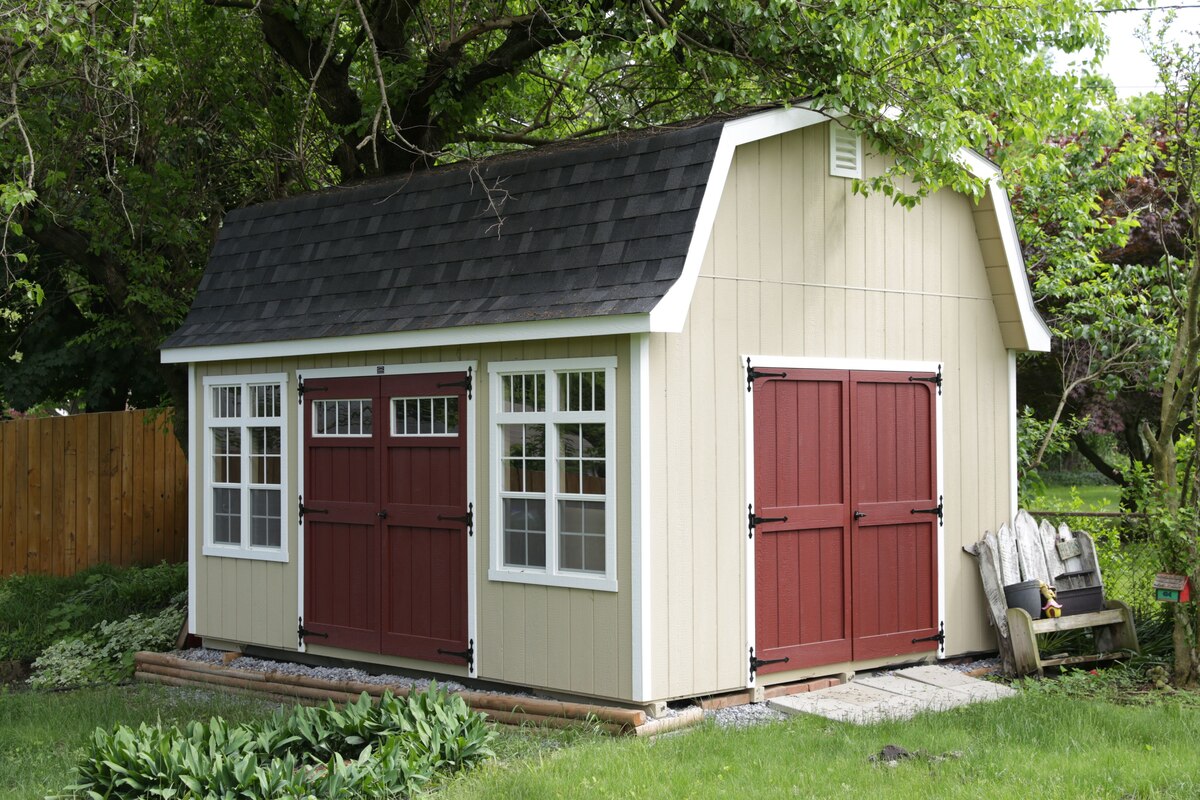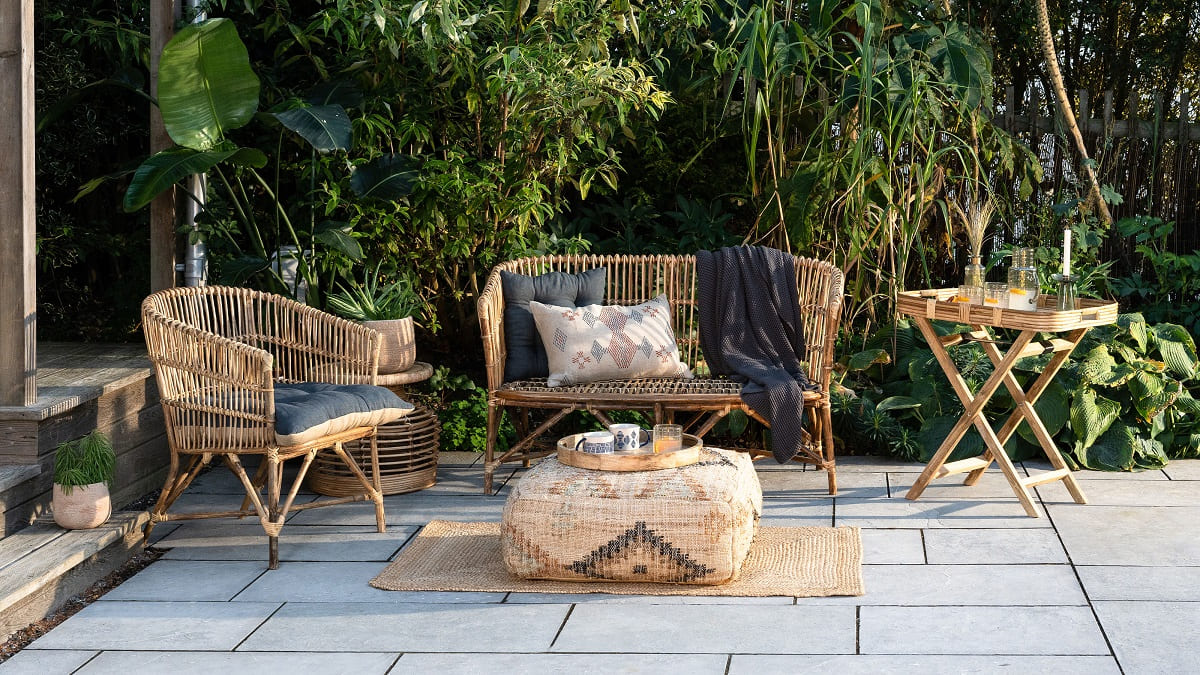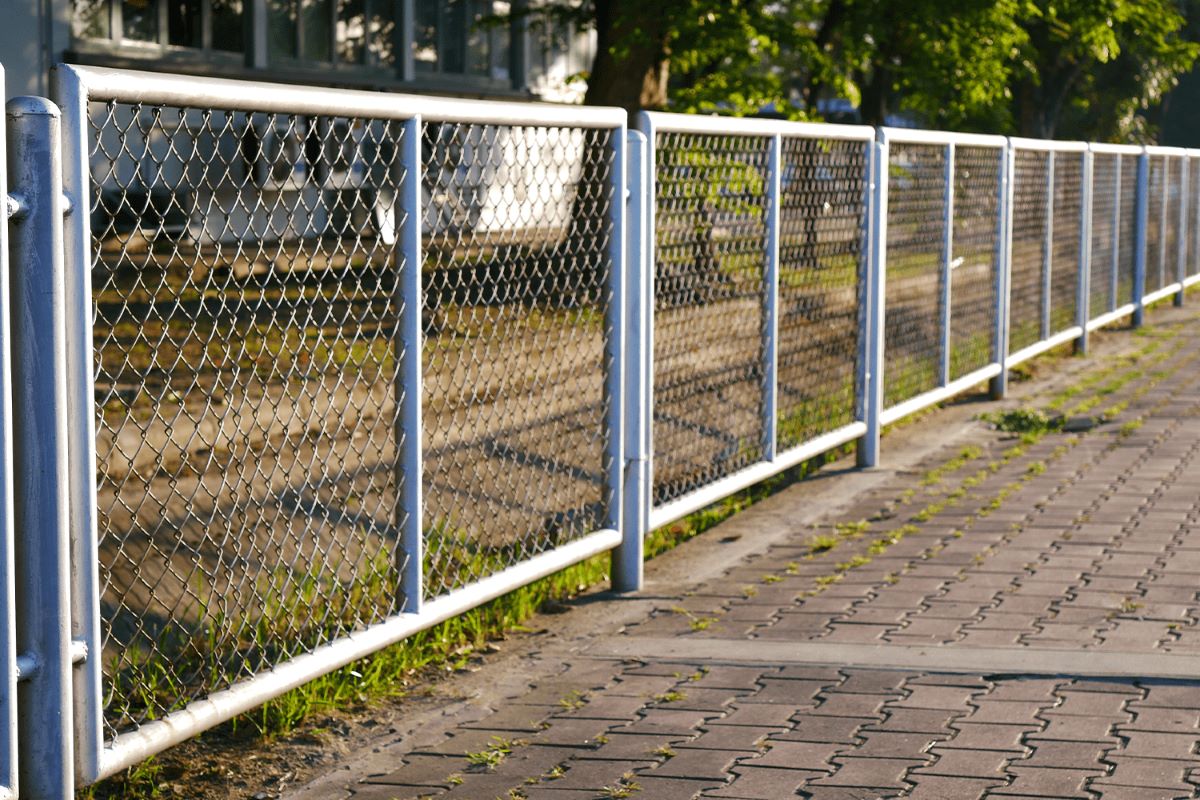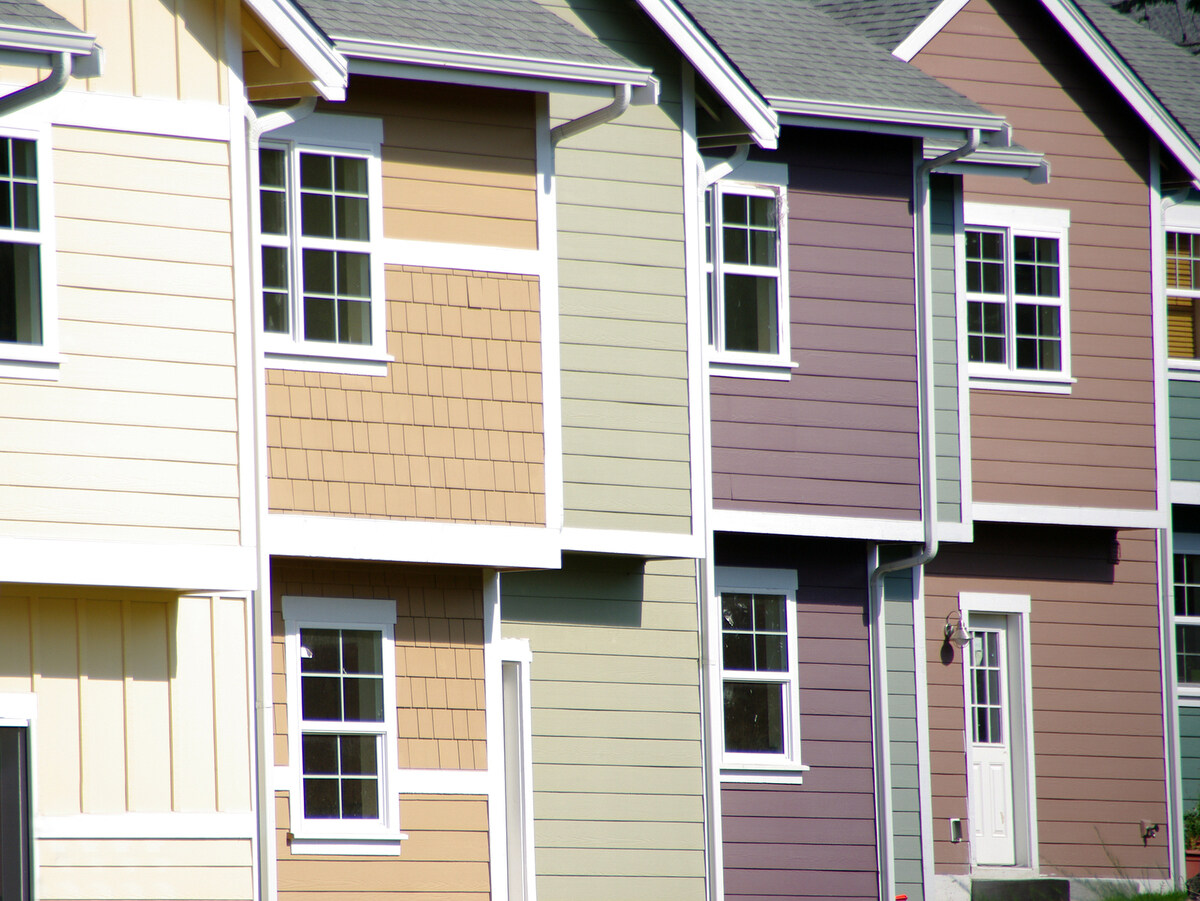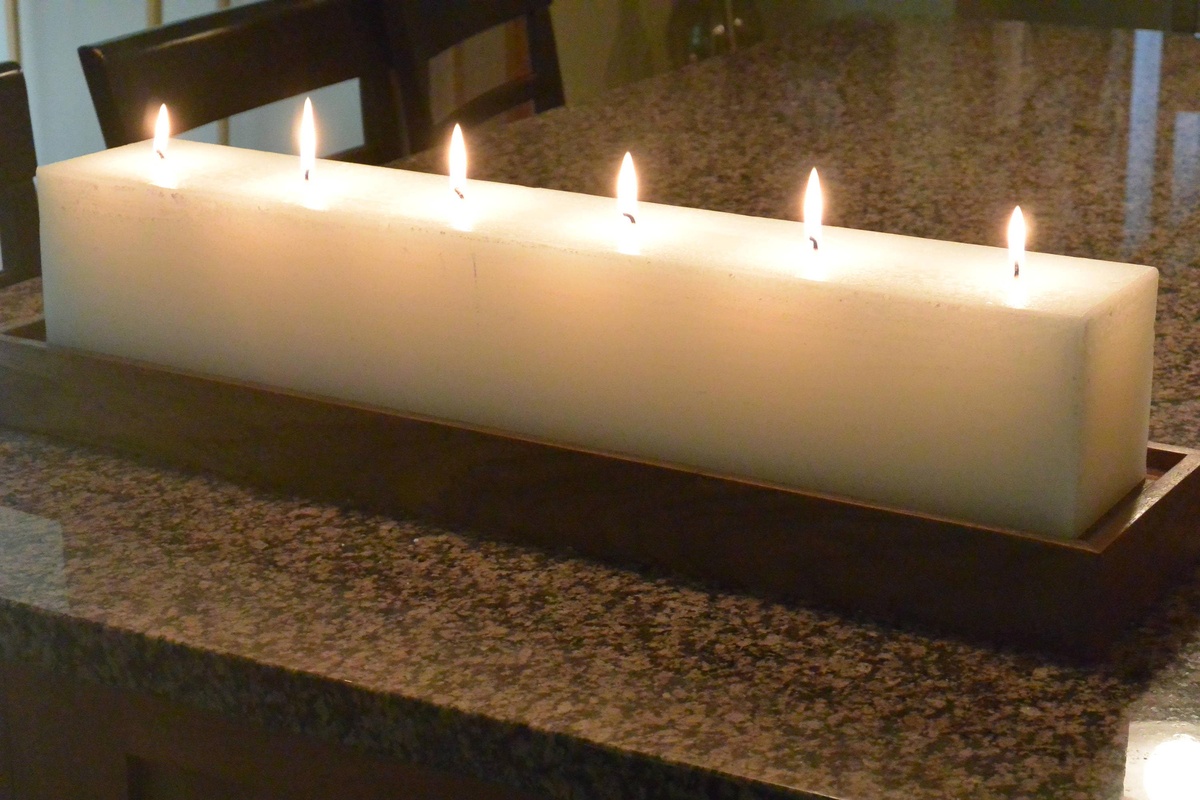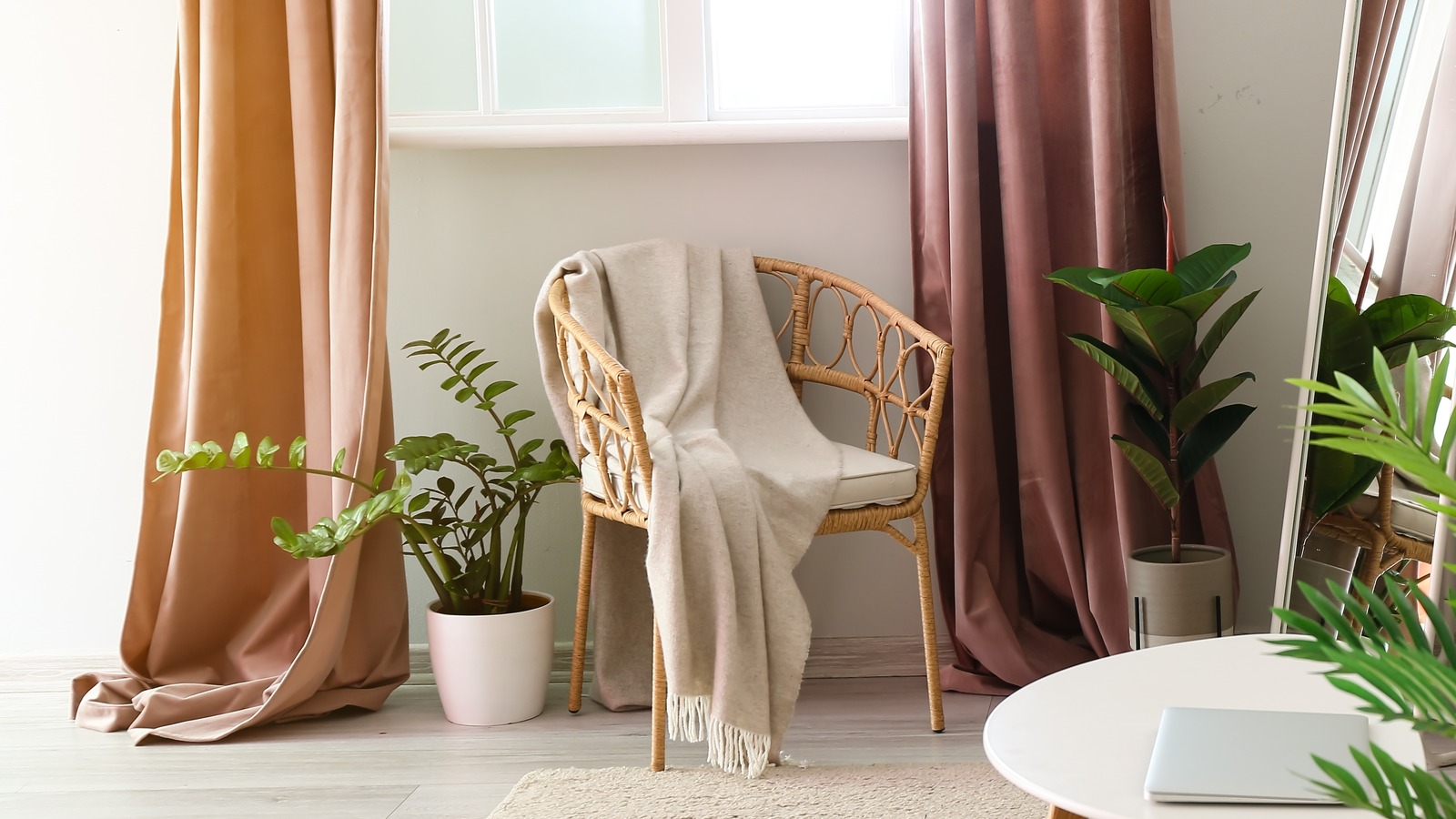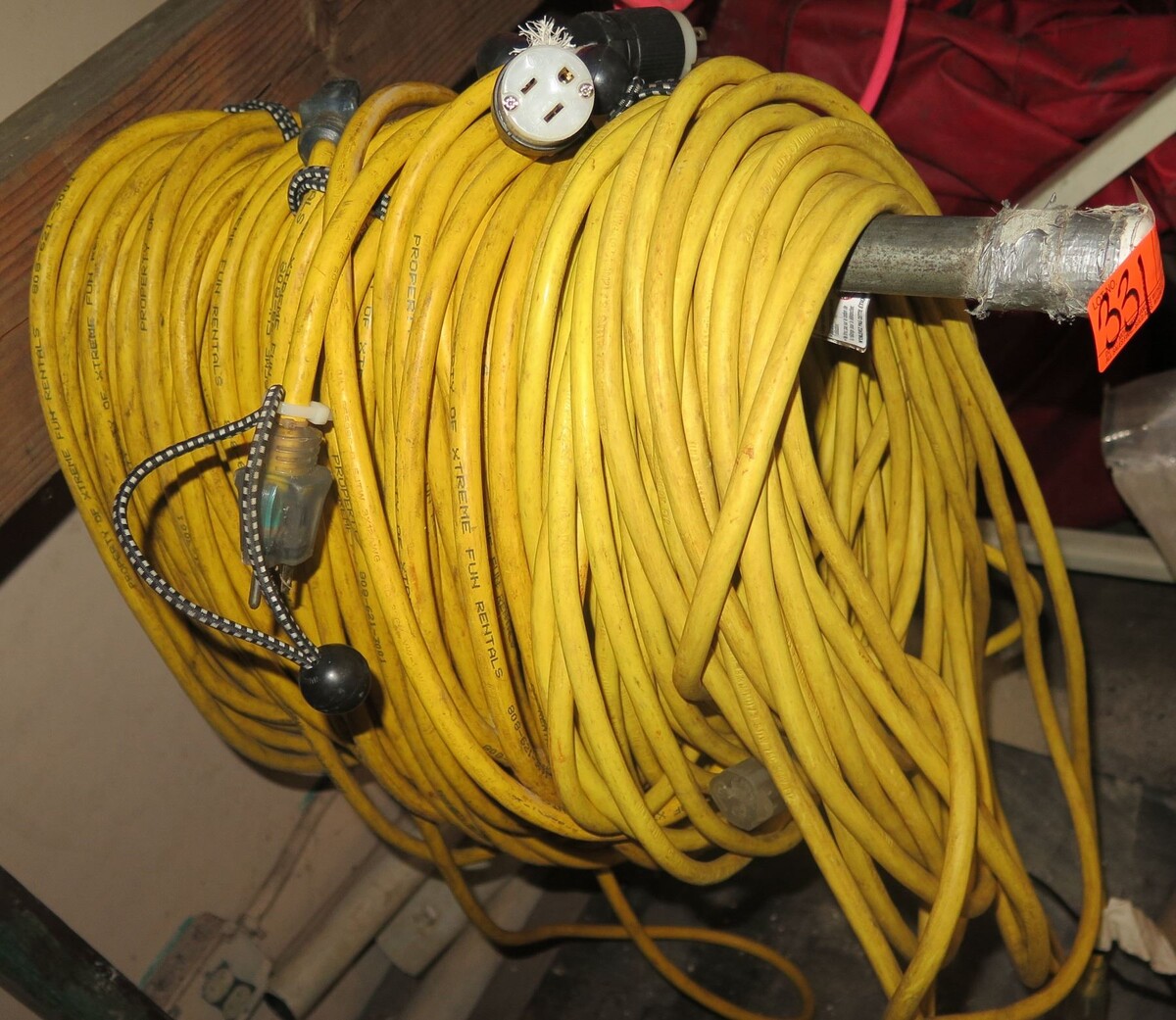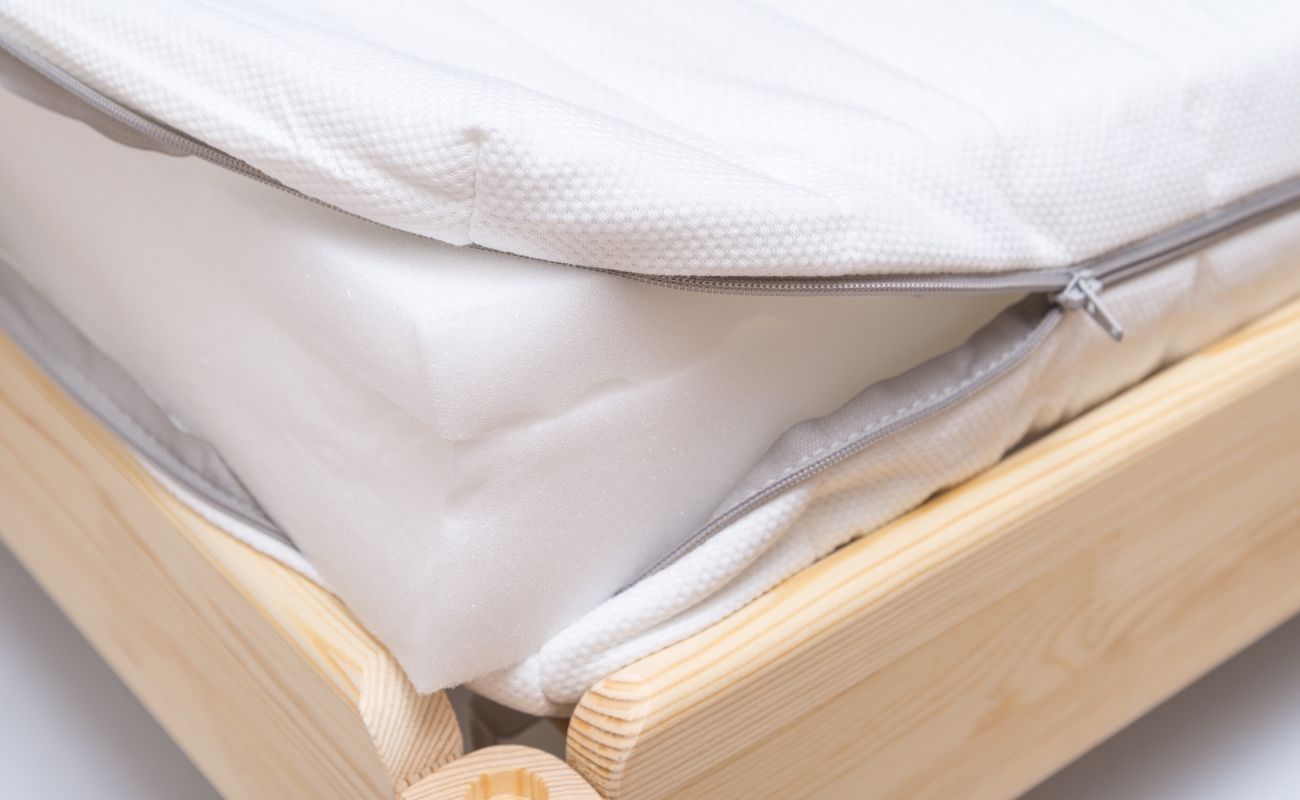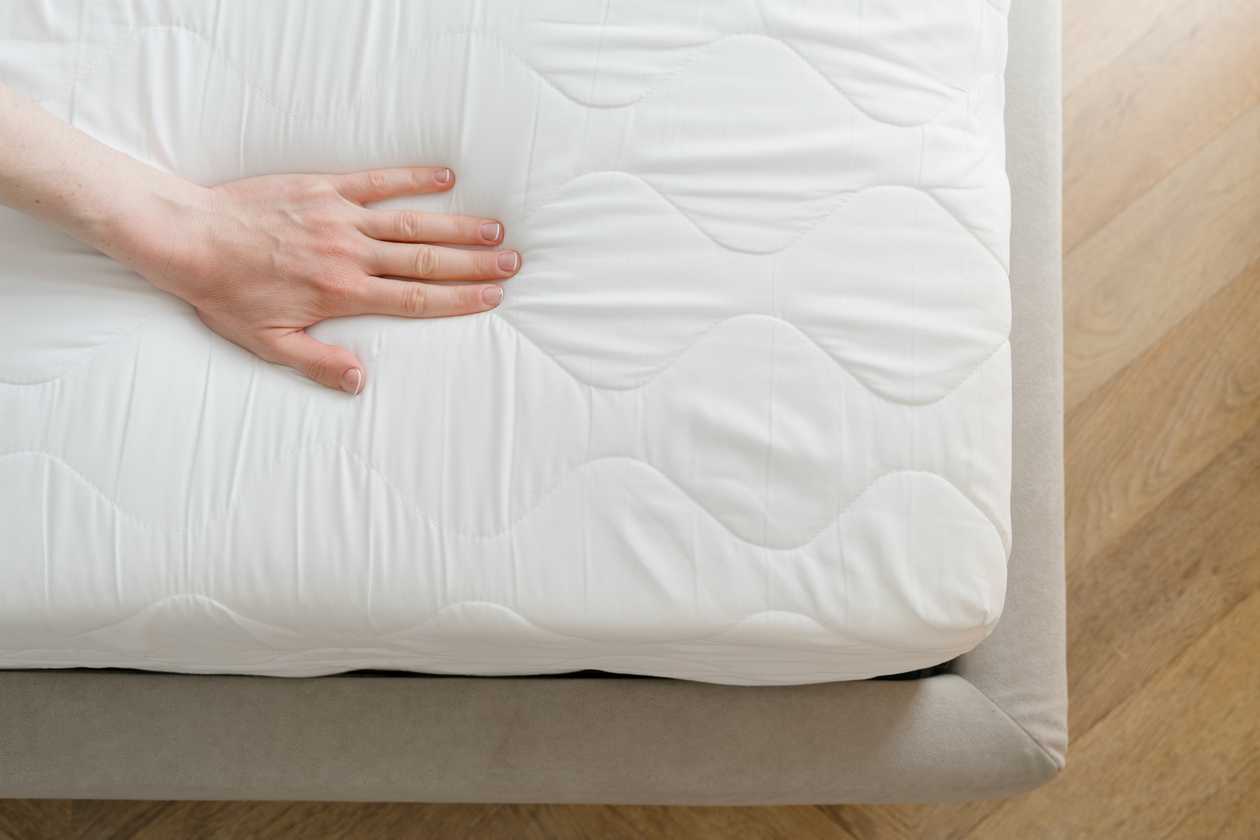Home>Furniture>Bedroom Furniture>What Mattress Lasts The Longest
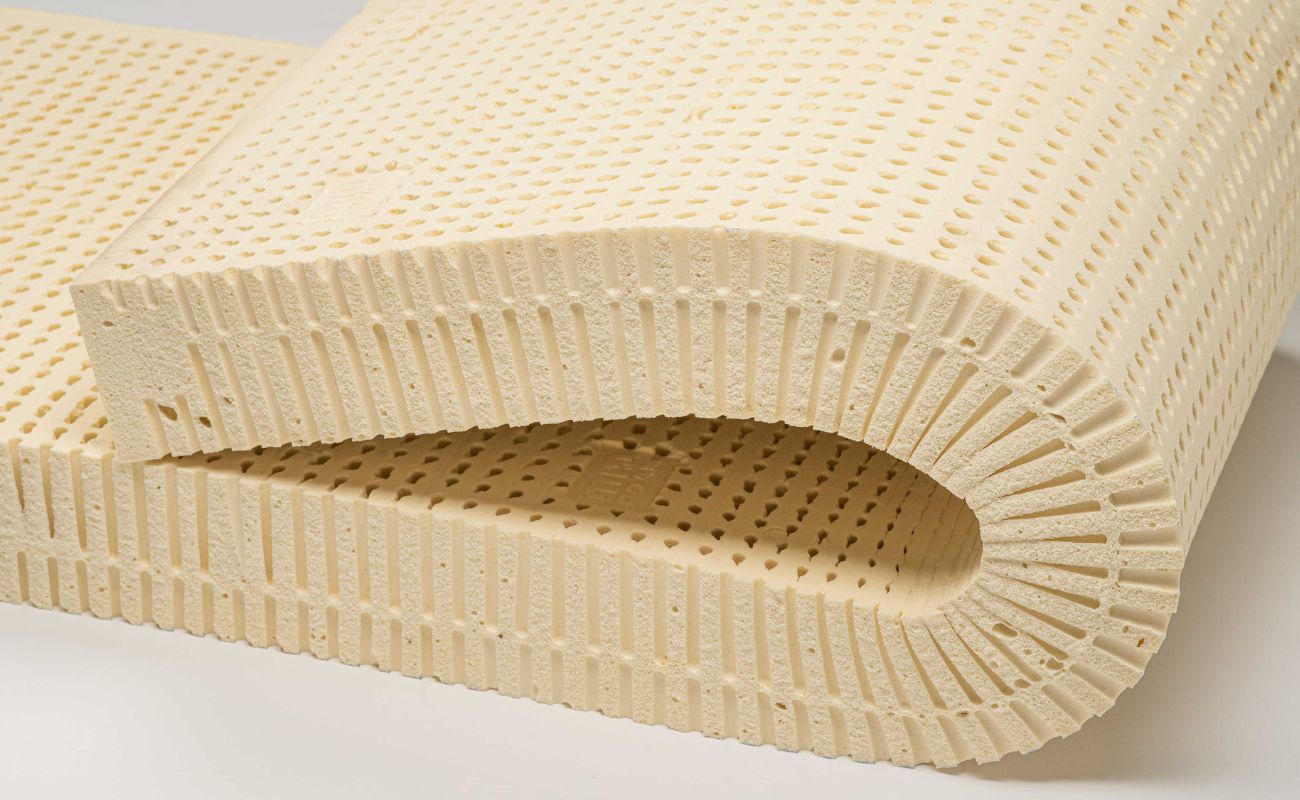

Bedroom Furniture
What Mattress Lasts The Longest
Modified: March 2, 2024
Discover the bedroom-furniture that lasts the longest. Find the perfect mattress for durability and comfort, ensuring a restful night's sleep for years to come.
(Many of the links in this article redirect to a specific reviewed product. Your purchase of these products through affiliate links helps to generate commission for Storables.com, at no extra cost. Learn more)
Introduction
Choosing the right mattress is a vital decision for anyone looking to achieve a good night’s sleep. With so many options available in the market, it’s essential to consider not only comfort and support but also the durability of the mattress. After all, you want a mattress that will last for years and provide you with quality sleep night after night.
Factors such as mattress construction, materials used, and proper maintenance all play a significant role in determining the lifespan of a mattress. Understanding these factors can help you make an informed decision when shopping for a mattress that will stand the test of time.
In this article, we will explore the various factors that affect mattress durability. We will also delve into the types of mattresses that tend to last the longest and the mattress materials known for their superior longevity. Additionally, we will provide some helpful tips on how to maintain the lifespan of your mattress and when to consider replacing it.
So, if you’re ready to dive into the world of long-lasting mattresses, let’s get started!
Key Takeaways:
- Choose a mattress with durable materials like high-density memory foam, natural latex, or high-resilience foam for long-lasting comfort and support.
- Maintain your mattress’s longevity by using a mattress protector, rotating it regularly, and avoiding excessive weight to ensure years of restful sleep.
Read more: What Brand Washer Lasts The Longest
Factors that Affect Mattress Durability
When it comes to mattress durability, several key factors come into play. Understanding these factors will help you make an informed decision when selecting a mattress that will stand the test of time.
- Construction: The construction method used plays a crucial role in the durability of a mattress. Mattresses with well-constructed support systems, such as pocketed coils or dense foam cores, tend to last longer than those with simpler constructions.
- Materials: The quality of materials used in a mattress greatly impacts its durability. High-density foams, natural latex, and sturdy innerspring systems are often associated with longer-lasting mattresses.
- Edge support: A mattress with reinforced edges is less prone to sagging and maintains its shape over time. Look for mattresses with features like reinforced foam encasements or enhanced edge support systems for higher durability.
- Weight distribution: The ability of a mattress to evenly distribute body weight helps prevent excessive wear and tear on specific areas. A mattress that can support proper spinal alignment and distribute weight evenly is likely to have a longer lifespan.
- Maintenance: Proper maintenance can significantly extend the lifespan of a mattress. Regularly rotating the mattress, using a mattress protector, and keeping it clean and free from stains can help preserve its durability.
- Usage: The frequency and intensity of usage can affect a mattress’s durability. If a mattress is regularly subjected to heavy use or excessive weight, it may wear out more quickly.
It’s important to note that the lifespan of a mattress can vary depending on these factors and individual circumstances. While some mattresses might last for a decade or more, others may require replacement after only a few years. Considering these factors when making your purchase will help you choose a mattress that suits your needs and ensures long-lasting comfort.
Types of Mattresses that Tend to Last the Longest
When it comes to choosing a mattress with longevity in mind, certain types are known for their durability and ability to withstand the test of time. Let’s explore some of these mattress types:
- Innerspring Mattresses: Innerspring mattresses have been a popular choice for many years, thanks to their robust construction. These mattresses typically feature a steel coil support system that provides excellent durability and support. Additionally, the coils allow for proper airflow, keeping the mattress cool and comfortable.
- Latex Mattresses: Latex mattresses are known for their exceptional durability. Made from natural or synthetic latex, these mattresses have a reputation for maintaining their shape and support for many years. Latex also has inherent antimicrobial properties, making it resistant to allergens and dust mites.
- Memory Foam Mattresses: Memory foam has become increasingly popular due to its ability to conform to the body and provide exceptional comfort and support. High-quality memory foam mattresses tend to have a longer lifespan, as they are designed to retain their shape and resilience over time.
- Hybrid Mattresses: Hybrid mattresses combine the best features of innerspring and foam mattresses. With a supportive coil system and layers of high-density foam or latex, hybrids offer durability and optimal comfort. The combination of different materials often results in a longer-lasting mattress.
- Airbed Mattresses: Airbed mattresses are not the traditional air mattresses used for camping. These mattresses feature adjustable air chambers that allow for personalized firmness settings. High-quality airbed mattresses are designed to be durable and can provide consistent support for an extended period.
While these mattress types are generally known for their durability, it’s important to note that the specific brand, quality of materials, and construction are also crucial factors that can affect longevity. Consider reading reviews and researching reputable brands to ensure you’re choosing a mattress that has a proven track record of durability.
Mattress Materials with Superior Longevity
The choice of mattress materials plays a significant role in determining its durability and lifespan. Certain materials are known for their superior longevity and ability to withstand the test of time. Let’s explore some of these mattress materials:
- High-Density Memory Foam: High-density memory foam is engineered to be more resilient and durable than standard memory foam. It is designed to provide long-lasting support and pressure relief while maintaining its shape over time.
- Natural Latex: Natural latex is derived from the sap of rubber trees. It is inherently durable and can withstand compression without losing its supportive properties. Natural latex mattresses are known for their longevity and ability to maintain their shape and comfort for many years.
- Coils: Innerspring mattresses with high-quality coil systems are often associated with durability. Look for mattresses with individually pocketed coils or continuous coils, as they tend to offer better long-term support and durability compared to lower-quality coil systems.
- High-Resilience Foam: High-resilience foam, also known as HR foam, is a dense and durable material that offers excellent durability and support. It has a more substantial cell structure compared to standard polyurethane foam, making it less prone to sagging and indentation over time.
- Organic and Natural Fibers: Mattresses made with organic and natural fibers, such as organic cotton or wool, often boast superior longevity. These materials are known for their breathability, moisture-wicking properties, and resistance to wear and tear.
When shopping for a mattress, pay attention to the quality and density of the materials used. It’s essential to choose a mattress that incorporates high-quality, durable materials to ensure that it can withstand years of use without compromising on comfort and support.
Furthermore, it’s worth considering that combining different materials in a mattress, such as natural latex with high-density foam or coils, can create a synergistic effect resulting in enhanced durability and longevity.
Remember that the lifespan of a mattress also depends on proper care and maintenance. Following the manufacturer’s instructions for cleaning and rotating the mattress, as well as using a mattress protector, can further extend its lifespan.
When looking for a mattress that lasts the longest, consider high-quality materials such as latex or memory foam, as well as a durable support system like pocketed coils or high-density foam. Additionally, look for mattresses with long warranties and strong customer reviews.
Tips for Maintaining the Lifespan of Your Mattress
Proper maintenance is essential for extending the lifespan of your mattress and ensuring that it remains in good condition. Here are some tips to help you maintain the longevity of your mattress:
- Use a Mattress Protector: Investing in a high-quality mattress protector is one of the best ways to protect your mattress from spills, stains, and dust mites. A waterproof and breathable mattress protector will create a barrier between your body and the mattress, keeping it clean and fresh for longer.
- Rotate and Flip: Most mattresses benefit from regular rotation and flipping. This practice helps distribute the wear and tear evenly across the mattress, preventing sagging in specific areas. Consult the manufacturer’s guidelines on how often to rotate and flip your mattress.
- Keep it Clean: Regularly vacuum your mattress to remove dust, dead skin cells, and debris. If necessary, spot clean stains using a gentle cleanser recommended by the manufacturer. Avoid using harsh chemicals or saturating the mattress, as this can damage the materials.
- Avoid Jumping or Excessive Weight: While it might be tempting, avoid jumping on your mattress or placing excessive weight on one area. This can lead to premature wear and decrease the lifespan of the mattress.
- Proper Support: Ensure your mattress is adequately supported by a sturdy bed frame or foundation. Insufficient support can cause the mattress to sag, affecting its lifespan and your comfort.
- Avoid Moisture: Moisture can cause mold and mildew growth, which can significantly damage your mattress. Avoid placing drinks near the bed and use a dehumidifier if your bedroom is prone to excessive humidity.
- Follow Manufacturer’s Guidelines: Every mattress comes with specific care instructions from the manufacturer. Be sure to read and follow these guidelines to ensure you are providing the proper care for your mattress.
By following these tips, you can significantly extend the lifespan of your mattress and continue to enjoy the comfort and support it provides for years to come.
Read more: What Is The Longest Lasting Light Bulb
Signs That Your Mattress May Need to be Replaced
While mattresses are designed to last for several years, they do have a finite lifespan. Over time, a mattress may show signs of wear and tear, indicating that it’s time for a replacement. Here are some common signs that your mattress may need to be replaced:
- Sagging or Indentation: If you notice visible sagging or deep indentations in your mattress, particularly in the areas where you sleep, it’s a clear sign that the mattress has lost its support. Sagging can lead to discomfort and improper spinal alignment, affecting the quality of your sleep.
- Waking Up with Aches and Pains: If you consistently wake up with stiffness, backaches, or joint pain, it could be a sign that your mattress is no longer providing adequate support. Over time, the materials in a mattress can deteriorate, leading to reduced comfort and increased aches and pains.
- Uncomfortable Lumps or Bumps: If you can feel lumps or bumps on the surface of your mattress, it’s a sign of uneven wear. These irregularities can disrupt your sleep and prevent you from finding a comfortable sleeping position.
- Increased Allergies or Asthma Symptoms: Mattresses can accumulate allergens such as dust mites, dead skin cells, and mold over time. If you notice an increase in allergy or asthma symptoms, even after regular cleaning, it may be an indication that your mattress has reached the end of its lifespan.
- Noise or Motion Transfer: If your mattress makes creaking or squeaking sounds when you move or if you can feel your partner’s movements throughout the night, it may be time for a new mattress. These issues can disrupt your sleep and prevent you from getting the rest you need.
- Age: The age of your mattress is an important factor to consider when evaluating its lifespan. While there is no set timeframe for when a mattress should be replaced, most mattresses tend to last between 7 to 10 years. If your mattress is significantly older than that, it’s likely time to start considering a replacement.
Ultimately, the decision to replace a mattress should be based on your personal comfort and the condition of the mattress. If you’re experiencing any of these signs, it’s a good idea to start exploring new mattress options to ensure you get the best sleep possible.
Conclusion
Choosing a mattress that provides a comfortable and restful sleep is important, but it’s equally crucial to select one that will stand the test of time. The durability of a mattress depends on various factors such as construction, materials used, and proper maintenance. By understanding these factors and considering them when shopping for a mattress, you can make an informed decision that will result in a long-lasting investment.
We’ve explored the factors that affect mattress durability, including construction, materials, edge support, weight distribution, maintenance, and usage. Additionally, we’ve discussed the types of mattresses known for their longevity, such as innerspring, latex, memory foam, hybrid, and airbed mattresses.
Moreover, we highlighted mattress materials that have superior longevity, such as high-density memory foam, natural latex, coils, high-resilience foam, and organic/natural fibers. These materials contribute to a mattress’s ability to withstand wear and maintain its support over time.
To ensure the longevity of your mattress, we provided tips for proper maintenance, including using a mattress protector, rotating and flipping regularly, keeping it clean, avoiding excessive weight, providing proper support, and following manufacturer’s guidelines.
Lastly, we discussed signs that indicate your mattress may need to be replaced, such as sagging, discomfort, lumps or bumps, increased allergies or asthma symptoms, noise or motion transfer, and the age of the mattress.
Remember, investing in a high-quality, durable mattress is an investment in your sleep quality and overall well-being. Pay attention to the factors that contribute to mattress durability, choose the right materials, and follow proper maintenance practices to ensure your mattress remains supportive and comfortable for years to come.
So, when it’s time to replace your mattress, take into consideration your personal preferences, sleeping style, and the knowledge you have gained about durability. With proper research and careful consideration, you’ll be able to find a mattress that not only meets your comfort needs but also offers the longevity you desire.
Frequently Asked Questions about What Mattress Lasts The Longest
Was this page helpful?
At Storables.com, we guarantee accurate and reliable information. Our content, validated by Expert Board Contributors, is crafted following stringent Editorial Policies. We're committed to providing you with well-researched, expert-backed insights for all your informational needs.

